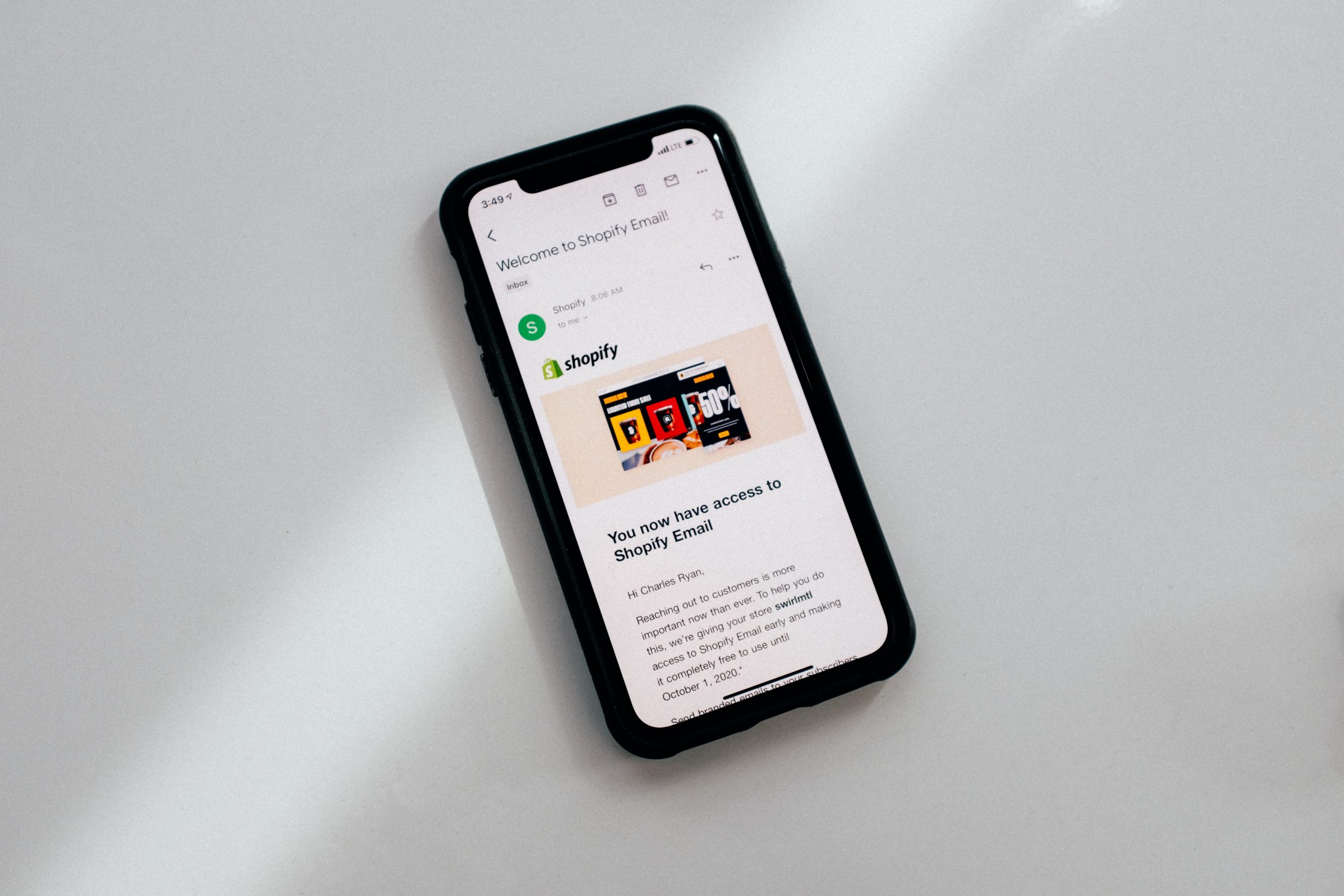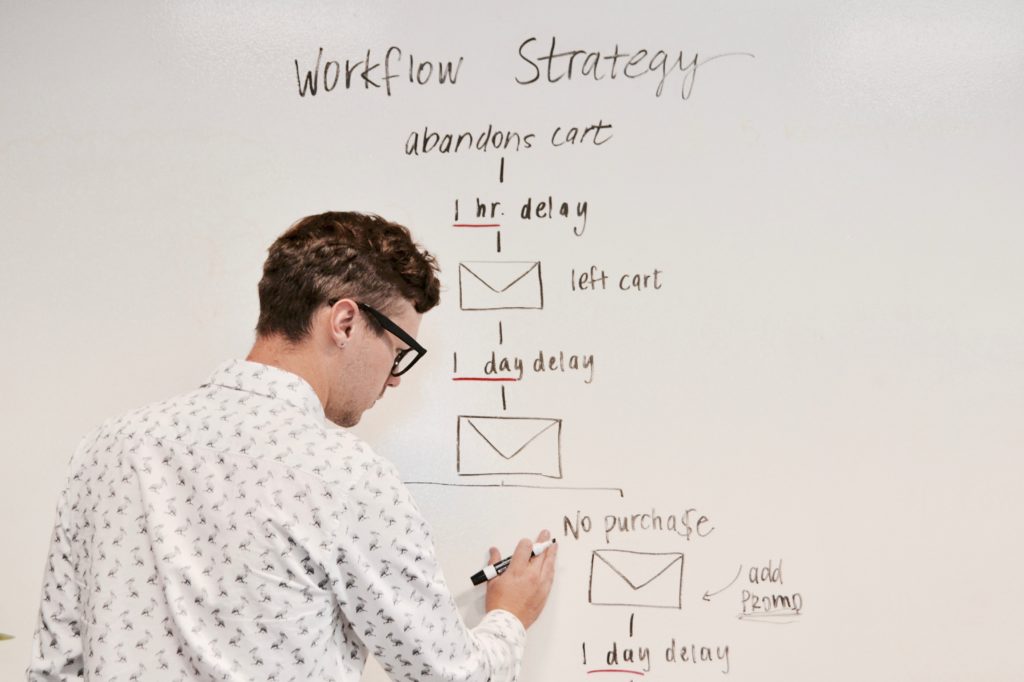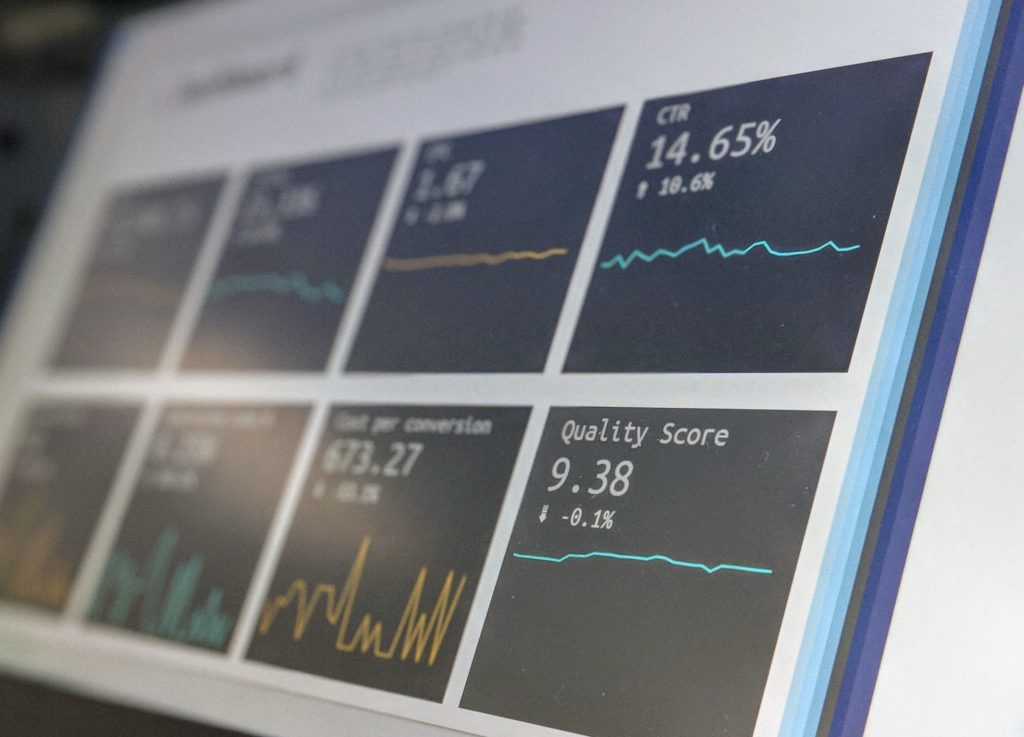

Quick Links
Quick Links
If you thought email marketing was dead in 2021, it’s time to think again.
As many business owners can attest to, email marketing is one of the best ways to connect with your leads, nurture them, and turn them into customers. Additionally, email is a great tool for sending transactional and promotional messages as well as educational content that adds value to your brand.
With nearly 4.15 billion email users by the end of the year, your target audience might just be one click away from becoming loyal customers. If you want to rev up your email marketing game this year then this blog is for you. Let’s get started!
Why You Need A Shopify Email Marketing Strategy

As an e-commerce store owner, your goal is to keep your target audience in your sales funnel until they convert. While social media is great for engagement and your website is useful for sharing information about your products or services, there are still limitations to what these can do, conversion-wise.
This is where email marketing truly shines. Building an email list and regularly sharing valuable information helps nurture, convert, and retain leads. Here are four reasons why you need a Shopify email marketing strategy:
Build Strong Customer Relationships
When it comes to maintaining and strengthening your relationship with existing customers, email is still king. Customers appreciate a well-crafted email that resonates with them. And through email, you can let them know what’s happening in your business and how they can be a part of it all.
Furthermore, through constantly providing value to your subscribers, your brand becomes top-of-mind. This spells great news for your sales and profit over time.
Drive Sales
Email is an excellent platform for selling, cross-selling, and up-selling to your customers. You can entice your subscribers to purchase your products by:
- Featuring items frequently bought together with what a customer has recently purchased
- Listing similar items to a customer’s past purchases
- Offering special discounts or coupons for future purchases
Influence Important Aspects of Growth for Your Business
When you have a store on Shopify, email marketing can help you target important growth multipliers including your total number of customers, purchase frequency, and the average order value for every transaction.
You can leverage different email marketing campaigns to boost these aspects for growth. For example, if you want to increase conversion rates, then welcome emails and abandoned cart emails are great options.
If you want to increase repeat purchases then bounce back or win-back campaigns are your best tools. On the other hand, to boost the average order value for your existing customers, you can make use of lifecycle campaigns.
You’re Not at the Mercy of Third-Party Gatekeepers
Unlike social media and search engines where you have to constantly change your strategy according to the latest algorithms, your Shopify email marketing strategy is completely under your control.
You decide the kind of message you want your customers to receive, when, and how often. And while your subscribers can opt-out of your list at any time, your distribution strategy will largely remain the same. The only variable, most of the time, is the kind of content you’ll be rolling out.
Furthermore, you’re not subject to expensive re-strategizing in the event of an unannounced algorithm change. This makes email marketing a cost-effective strategy especially for small to medium businesses.
Types of Email Marketing
Email marketing campaigns come in a wide variety of forms with each one serving a different purpose depending on where a customer is on the sales funnel, what segment they belong to, and what goals you’re trying to reach.
Here are five types of Shopify email marketing campaigns your brand should be implementing:
Welcome Email Campaign
Every new lead and customer you get should receive a welcome email. Customers expect to receive after signing up to your email list, subscribing to your newsletter, or completing your lead capture forms.
A great welcome email not only informs subscribers that they are a part of your community now but it also fosters brand loyalty while holding their attention.
When crafting a welcome email, put your onboarding message front and center. It’s also a great time to introduce your brand voice. Talk about what your brand is passionate about and how your products can help your advocacy.
Your sales pitch can come in later. But be sure to use your best product image that captures and holds the attention of your readers. This gets them in the right mindset so they’ll make a purchase decision sooner rather than later.
Promotional Email Campaign
Now that you’ve made a good first impression, it’s time to guide your leads further down the funnel. Promotional or discount emails are perfect for people who may have not opened your welcome email, haven’t made a purchase when they visited your store, haven’t completed a purchase, or are looking for deals for the holidays.
Cart Abandonment Campaigns
Did you know that up to 70 percent of shoppers leave your website without completing their purchase? Sure, they may click the “add to cart” button but a majority of your customers aren’t fully committed to making a purchase decision just yet.
People leave their shopping carts for a bunch of reasons, chief among them is that they may have gotten distracted by something else—either by your competitors or by their daily life.
But abandoned carts aren’t always a lost cause. You can always send out a cart abandonment email campaign so customers can easily pick up where they left off and finish their purchase. This reminds customers that they have left something in their cart to spark their interest again.
Product Email Campaign
Shopify email marketing is a great way to educate your customers about your products and to inspire them to make a purchase. Whether you’re launching something new, you want to reignite interest in your bestsellers, or you want to cross-sell or up-sell to your customers, a product email campaign can help you out.
Be sure to use attractive photos and compelling copy to describe your products. Don’t forget to include special offers or discounts when necessary.
Retargeting Email Campaign
Retargeting plays a crucial role in the continued success of modern businesses. It helps your brand stay top-of-mind among your customers while reeling in subscribers who may have not opened an email in a while or who may have not purchased anything over a certain period.
Retargeting emails are also great for reintroducing specific products to a particular segment in your list who have shown interest but never answered your call-to-action.
When sending out this type of Shopify email marketing campaign, it’s important to stay informed about your products and to make an irresistible offer that will convince people to follow through with your CTA.
Use this as an opportunity to remind your customers why they subscribed to you in the first place. Remind them what makes your brand enticing and then reel them in special offers that they can only get from you.
How To Create An Email Marketing Strategy
Build Your Email List
Every successful Shopify email marketing strategy begins with a mailing list. Use lead magnets like incentives or offers to collect leads from your website. You can offer discounts, special offers, or downloadable content in exchange for contact information.
Don’t forget to segment your list so you can easily send the right messages and campaigns to them.
Make Your Shopify Store Customer-Friendly
Ultimately, the goal of your email marketing campaign is to drive traffic to your online store. Once people are redirected there, they should be greeted by a well-designed site. It should be easily navigable, should contain the necessary product details, and your page copy should be clear and enticing.
Use Well-Written Email Copy
Your email campaigns should say the right things and say them the right way. Your subject line and preview text should always be on point. Nothing spammy or misleading. It should pique the interest of your subscribers so they end up opening your email.
When it comes to the body of your email, make it personal. Address the person you’re sending it to by their first name. It will also help to use plain language and avoid using industry jargon. Be concise.
Make sure also that the content you’re sharing is relevant. Make sure it adds value to your customers. Remember, you’re establishing your brand as an industry-leader so your coy should reflect that.
Finally, don’t forget your CTA. Something as simple as a button saying “add to cart” or “shop now” can help improve your click-through rates.
Use Good Email Design
Good visuals matter when it comes to Shopify email marketing. A well-designed marketing email fares better than plain text. Sure, you can have the most compelling copy but if it isn’t presented well, your subscribers won’t bother reading your emails.
Good design holds the attention of your subscribers better which means they have a higher chance of going through your whole content and even acting on your CTA at the end. Some design best practices include:
- Using the right color palette
- Including your logo at the top of every email
- Using high-quality images that are optimized for mobile
- Placing and formatting text so that in naturally flows downward
- Leveraging white space
- Using clear CTAs
- Including your contact details and an unsubscribe option at the bottom of every email
Split Test Every Email
Split testing or A/B testing is a simple but effective way to determine which designs and copy are better at converting leads. There are different elements of the email you can test including subject lines, images, fonts, colors, and CTAs. Check which version of each element works well and which doesn’t.
It’s worth noting, however, that you should only be split-testing one element at a time. This way, you can be sure which variable has made a difference in your click-through and open rates.
Email Marketing Metrics to Track

Tracking the right email marketing metrics can help determine what’s working and what you can improve in each campaign. This way, you’re not stuck making the same mistakes which help improve conversions. Here are the performance indicators you should be looking out for and tracking weekly or monthly:
Open Rate
This refers to the percentage of subscribers that opened an email. It’s a good indicator of engagement and it helps you refine your segments so that you’re only sending your messages to people who have a high propensity to open them.
Bounce Rate
This metric refers to the percentage of emails that don’t make it to a subscriber’s inbox. Some causes for high bounce rates include technical errors, spam filters, or inactive email addresses. Regardless, knowing your bounce rate helps in refining your segments so your emails reach the right people every single time.
Click-Through Rate
This performance indicator refers to the percentage of subscribers that click on the links or CTAs in your emails. This is a good reference point to see which emails convert more leads to customers.
Opt-Out Rate
This is the percentage of subscribers that unsubscribed from your list. Keeping an eye on this metric helps you understand your audience more by learning about the kind of content they love and what you can improve to keep them engaged.
Email Marketing is Here to Stay
Shopify email marketing is a valuable tool for e-commerce business owners. It’s showing no signs of slowing down as it continues to bring positive results for brands everywhere.
It’s a great way to build strong relationships with your audience and to convert leads into paying customers. By knowing the kinds of campaigns you should always have in your arsenal and what strategies you should be implementing, you’ll soon find your footing and increase the scale of your business in no time.
Are you looking for more tips to grow and scale your business? Don’t forget to check out the FreeUp blog regularly for more useful information.

